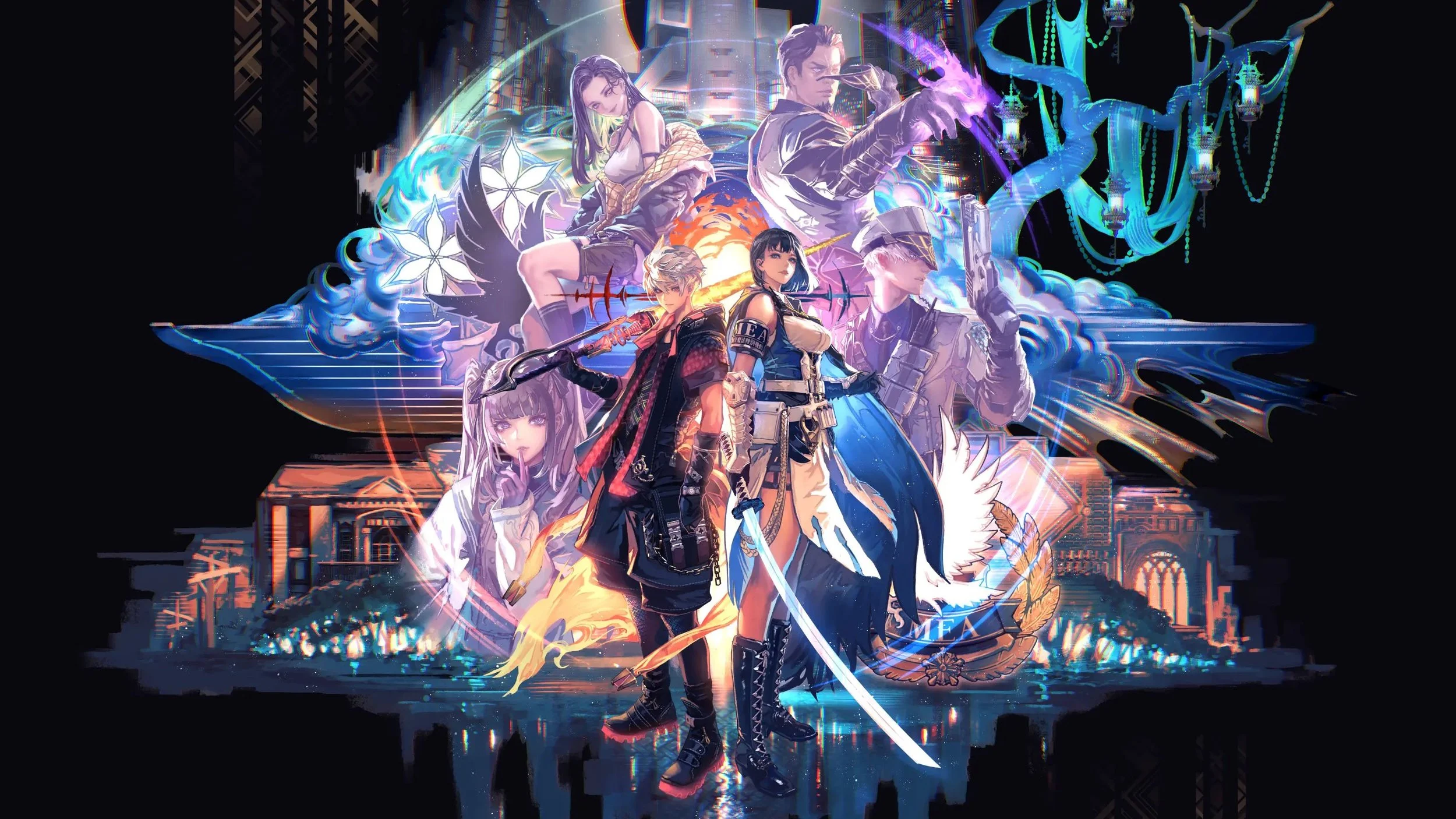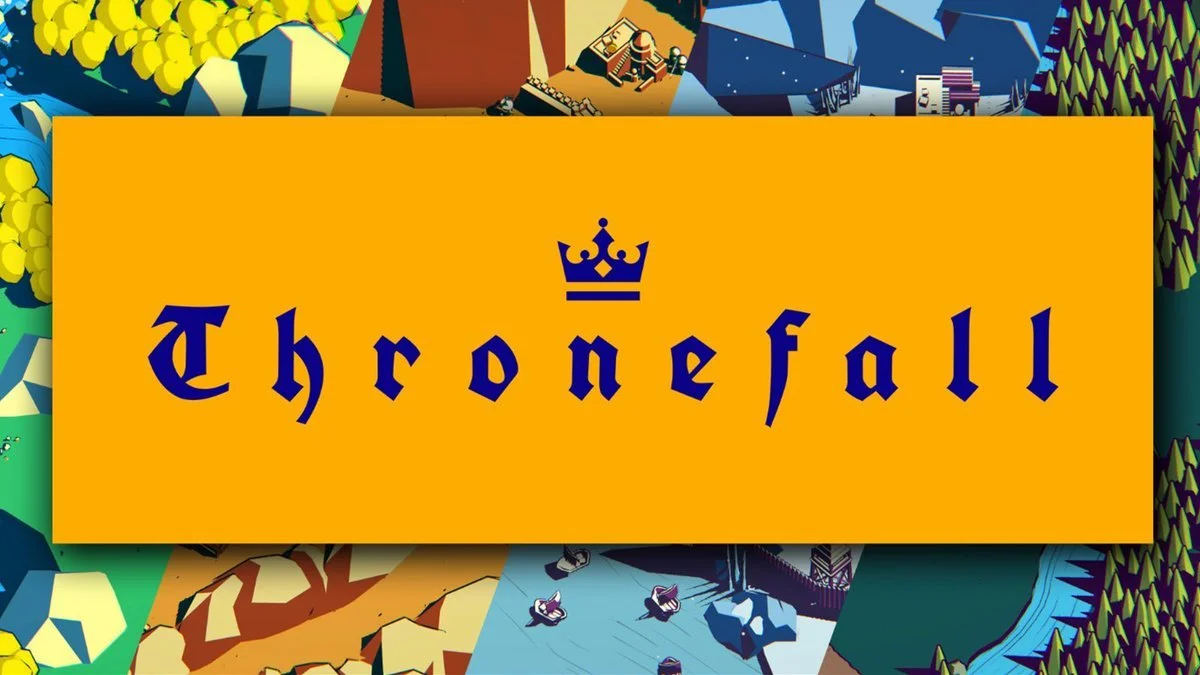Review | Reynatis - Another Shibuya Fantasy
Note: This review looks at the game as of version 1.03(Episode Sari). This improves the camera a bit, makes it run better(Switch Version), and implements some minor quality-of-life changes and particle effects.
Even as someone who was looking forward to Reynatis, I wasn’t entirely sure what to expect of it. Takumi Isobe, the director of Reynatis stated he was inspired by Kingdom Hearts, and Final Fantasy Versus XIII, while also a being fan of The World Ends With You series. Considering all this it’s pretty evident what Reynatis would most likely be. In that same regard the developers, FuRyu and Natsume Atari, managed to have the venerable Yoko Shimomura to compose for Reynatis. FuRyu and Natsume Atari sought out and implemented a collaboration with Square Enix’s NEO: The World Ends with You. Add in Kazushige Nojima, who’s worked on Final Fantasy VII (the 1997 original and Final Fantasy VII Remake/Rebirth), and the result is a game with a lot of heart and even more potential.
Reynatis puts you in the opposing shoes of Marin Kirizumi, an amnesiac college student on a leave of absence, and Sari Nishijima, a police officer turned M.E.A.(Magic Enforcement Administration, think Men In Black) Wizard. These wizards find themselves not only crossing paths, but knee-deep in intrigue, betrayal, philosophy, politics, monsters, drug culture, and surprisingly, much more. While some may come to Reynatis for flashy combos and gameplay, there’s a surprisingly good story here that touches upon elements I did not expect, such as classism, Japanese drug use, and if simply having a goal is enough to justify reaching for it. The story loses a bit of impact later on when some characters decide to show up, monologue, and then fight you without little else in the way of motivation, but even still, it answers some interesting questions and asks big new ones in the process. The dialogue, I’m sure in part due to Nojima, is very sharp and even has an element I hope is in every game - a sense of humour. Marin is a protagonist we’ve seen before, but having him almost instinctively say ‘I knew that’ in situations he did not in fact ‘know that’ is fun. Though there are some strangely hostile text messages that I can’t imagine sending to my superior as a police officer or a workmate and the use of deadly electrical shocks is alarmingly casual.
While the public’s relationship with police(and their stand-ins) may factor in whether a player may want to purchase Reynatis, this game (mostly) avoids being copaganda and even asks questions about the M.E.A.
This game radiates what I would call ‘PS2 energy’, which especially shows through the graphics. It’s clear this game wasn’t made with a huge budget, and that shows in the occasional slowdown, stiff character movement, and sometimes lackluster animation. This should not detract from Reynatis, though I would understand someone coming from seeing the CGI Trailers and games this is inspired by and expecting something we’d see in a modern Final Fantasy entry. What I will actually hold against Reynatis is the gold colour theming in the UI: it took me much more time than I’d like to be able to identify what was what, even with a tutorial under my belt. In battle, you must dodge enemy attacks since there’s no blocking, and in ‘Suppressed Mode’ you have no other option. A gold bar near the bottom of your screen will fill, but I did not realize the game was talking about that, or the Final Menace(This game’s Supers) gauge(It’s a diamond) below that still. Additionally, you’ll hear a faint sound when you are being assaulted by a ranged attack and a blue reticle will appear on your character. This would be all well and good if the reticle and alert was implemented better, but as is, geometry and even other enemies can block critical information from being visible, making dodging ranged attacks much more of a chore than melee ones. Street Fighter V: Arcade Edition was a more recent game with a gold colour scheme that didn’t get dinged for the same reasons, so hopefully FuRyu and Natsume Atari will make good on this in the future.
Speaking of graphics, Shibuya is here for you to explore in all its glory. FuRyu and Natsume Atari have stated they “painstakingly recreated” the city, and while I can’t vouch for that as an American, it’s clear with the side shops, actual brands such as Burger King and Adidas, and even in the collaboration with Neo: The World Ends with You, FuRyu and Natsume Atari weren’t just using this backdrop for name recognition.
The graphical style also makes it hard to see some captions, as this game is only in spoken Japanese with English subtitles. More than a handful of times the white subtitles become unreadable with a character’s white clothing under them in a cutscene. The hand-drawn art of Yasutaka Kaburagi seen on the cover and with character portraits is gorgeous, and although Marin, one of the main characters, is a bit overdesigned when not Liberated I liked many of the other designs minus some of the enemies which could probably use a second pass so it’s discernable what exactly they are.
Gameplay in Reynatis is bound to be polarising: as I mentioned a bit previously, you’re either Suppressed, where you can’t do anything to enemies, or Liberated, where you have access to magic skills and melee abilities. While this is an interesting conceit, and we’ve seen plenty of games where you are ‘helpless’ until you can turn the tables on your foes going back to Pac-Man, I wasn’t able to completely get behind this system as it is very much feast or famine. While dodging most melee attacks from enemies is trivial, ranged attacks are a bit too muted and I often got hit, and later in the game, stun-locked by them. This combined with un-dodgeable attacks that might be red or purple(seems like they could condense this to one colour), it often became frustrating trying to combat some enemies.
Curses are probably the worst offender besides some bosses near the endgame: as they can only be damaged once you fill your meter and specifically counter them, which is exacerbated by their invincible teleports and slow attacks. MP is generated by being near enemies, and a perfect counter has your character strike a cool pose and counter the enemy. The problem is that in order to activate Burst Liberation(which slows down time, and lets you start your assault on enemies for a few moments without threat of retaliation), you NEED an enemy to attack you, which can lead to some dull combat moments when the act of parrying should be tense but rewarding. In the same vein, perfect dodging is supposed to result in a counterattack, but unless I was severely over-levelled, this would do zero damage and often have no effect. Combat would immediately be more rewarding if a perfect dodge’s counterattack did a huge chunk of damage like reaction commands often net in Kingdom Hearts. I think FuRyu and Natsume Atari possibly did not want players to just dodge the enemy to death, but there’s merit in that. You can swap back and forth between Suppression and Liberation modes, though the control scheme on the Switch makes it more trouble than it’s worth. This is still a helpful feature because the slowdown you’re granted to assist with dodging in Suppressed Mode is absent in Liberated Mode(though you can still dodge if you’re skilful enough in Liberated Mode).
Characters’ Final Menaces are built up from combo-ing, and you lose meter by getting hit. These attacks can be anything from Sari’s reality-shattering, trademarked ‘You are already dead’ sword slash, to Moa summoning an army of mascot plush rabbits culminating in a giant plush rabbit holding a cell phone being called down as if it were a stealth bomber’s payload with an emotive yell to match. Final Menaces provide some invincibility and drain your entire MP Gauge, so there is some strategy as to when you should use it. You gain MP so quickly, oftentimes I’d use the Final Menace as soon as I got it. There are some pretty annoying status effects, but since item use isn’t limited outside of your character being knocked down or in their Final Menace, it’s a nonissue to spam both healing items and status-clearing items which you’ll probably need to do as the game is closing out.
I was a bit surprised at how long Reynatis is at 33 chapters, with 9 additional episodes(two of which are currently released), the NEO: The World Ends with You side story, and dozens of side quests. I found myself taking on the sidequests when I felt like I was under-levelled on the main path, and the majority of them are inoffensive and let you stock up on recovery items too. There can be quite a bit of backtracking in Another(a pocket dimension inhabited by both humans and monsters) since fast travel only works if you’re in Shibuya, but I only found myself truly frustrated at one side quest which breaks the rules of the post-game bonus you’re supposed to have. Speaking of Another, it’s pretty easy to get turned around in oft-overused environments you encounter.
There are some minor systems at work that represent the ostracisation Wizards encounter in Reynatis. Malice is shown, and this percentage represents the general public’s feelings towards Wizards. Side quests can endear the public to you, but there’s always the lurking threat of your illegal magic use being reported to the M.E.A. and if you trend #1(think Grand Theft Auto’s Wanted Levels system), you’ll encounter elite M.E.A. officers you may not be prepared to fight. Stress can build from having to fight the brutalistic City Watch, Rubrum addicts, or overzealous M.E.A. officers, or even just talking to people around Shibuya. When your character hits 100% Stress, they are stressed out to the point they can no longer be Suppressed, and go into Liberated Mode. While these systems aren’t going to attract immersive sim players, it does invoke the feeling that you’re a Mutant in the X-Men universe, where NPCs will pull out their phones to take pictures of you in disgust or admiration, and report your illegal magic use complete with a hashtag.
The excellent music is done by Yoko Shimomura, though I am a bit surprised, in a good way, at some tracks that don’t sound like her usual excellent fare in games like the Mario & Luigi series and Kingdom Hearts. However, I suppose pulling from the hustle and bustle of the city and the struggles a minority class faces will have her invoking a different aural experience.
While I cannot call Reynatis my favourite game of 2024, it’s an enjoyable experience with some small issues that shouldn’t keep you from considering playing it. I was never turned completely off by a lack of progress, and the game is lenient enough so that just because you haven’t mastered the mechanics or encounter something annoying, there’s no reasonable way around it. It did crash quite a few times, but I never lost too much progress as it does autosave frequently. Even more prescient is FuRyu and Natsume Atari’s decision to actually make this game, and what’s next for them, considering this may be as close as we get to the next Square Enix entries this pulls from in years.











